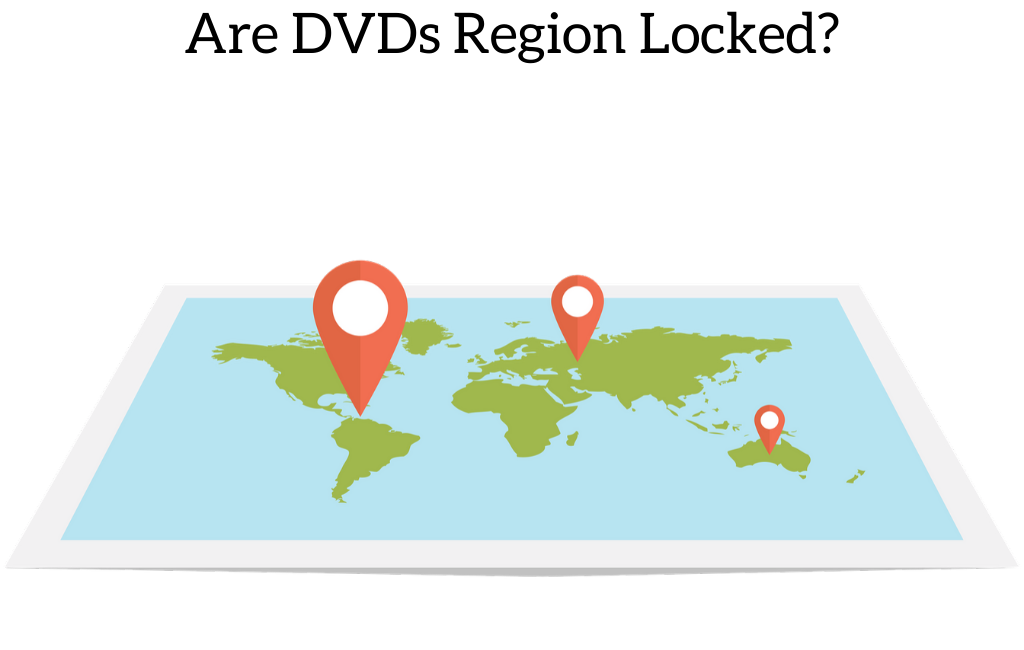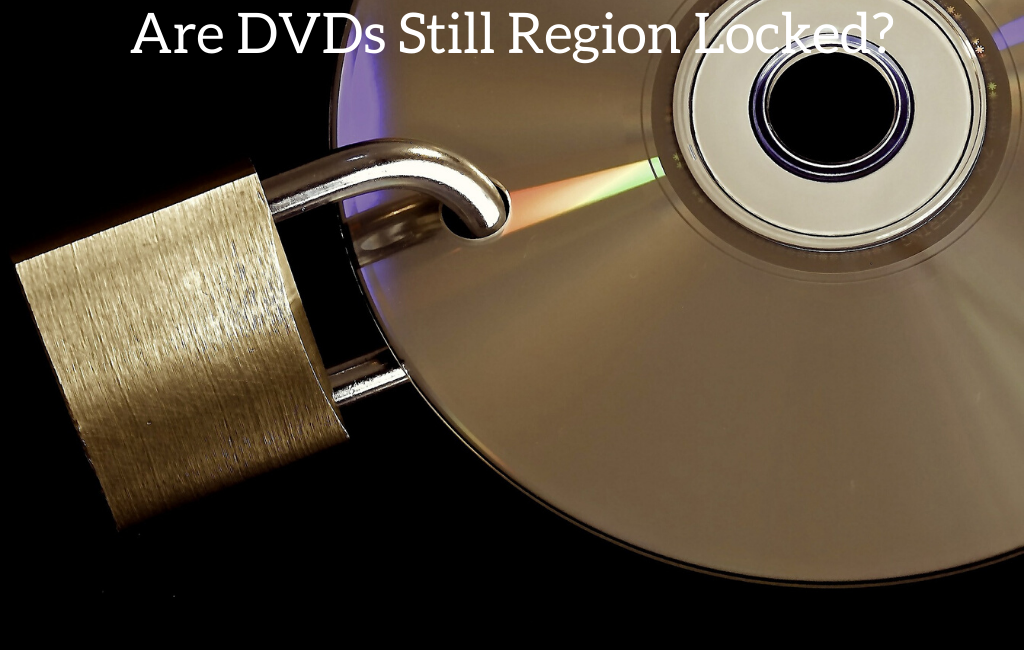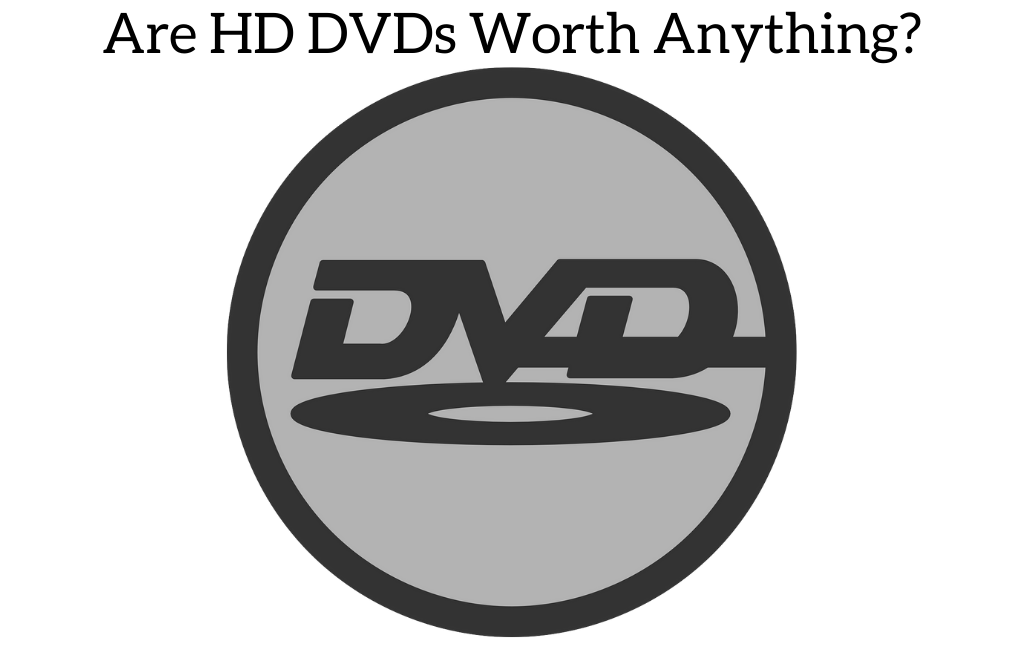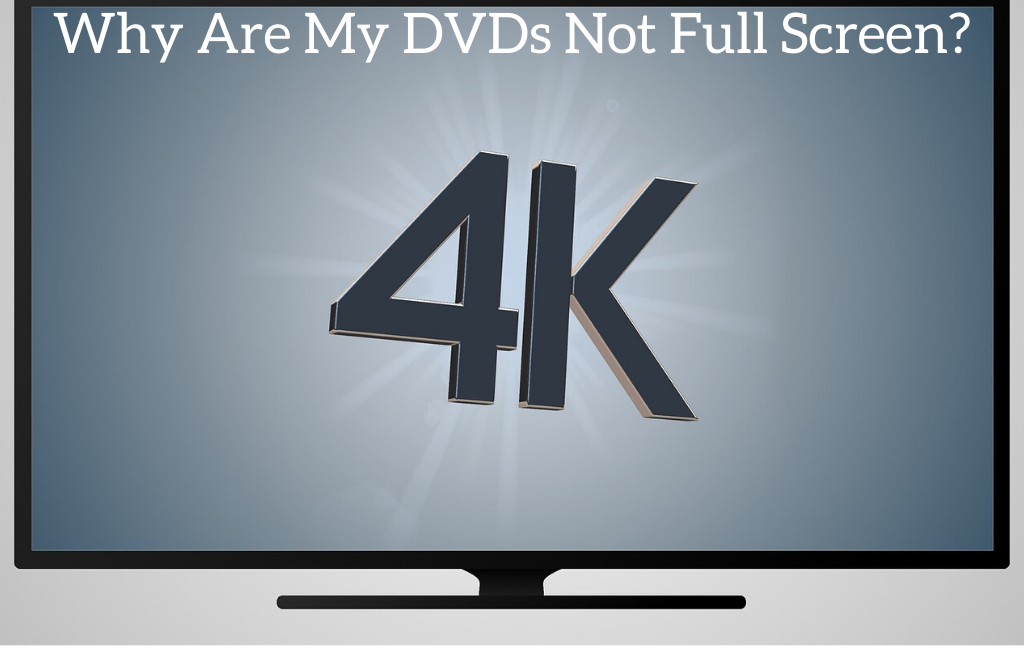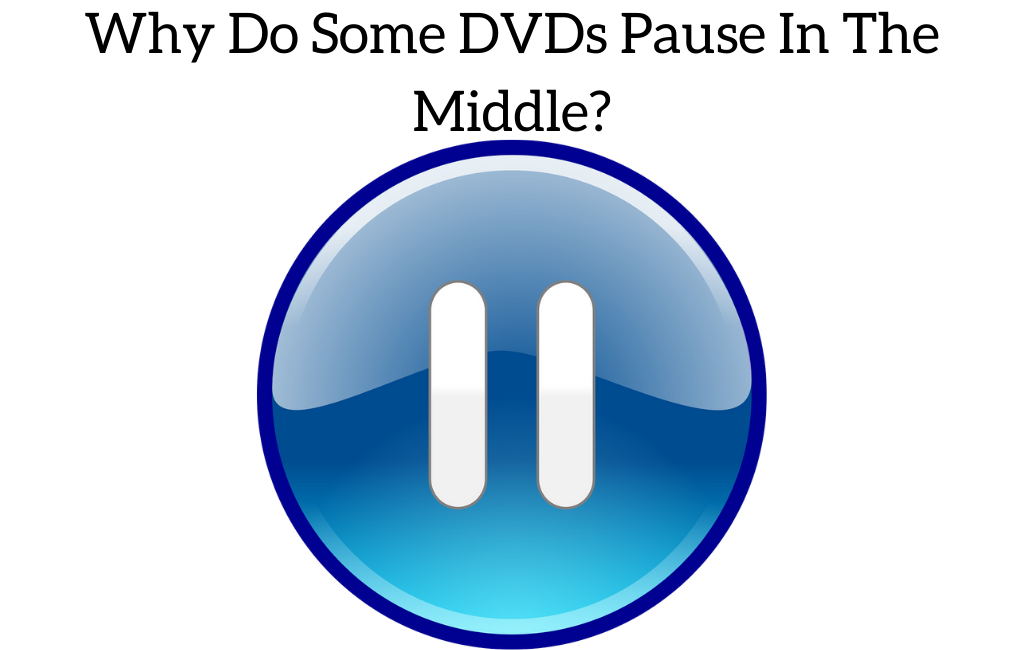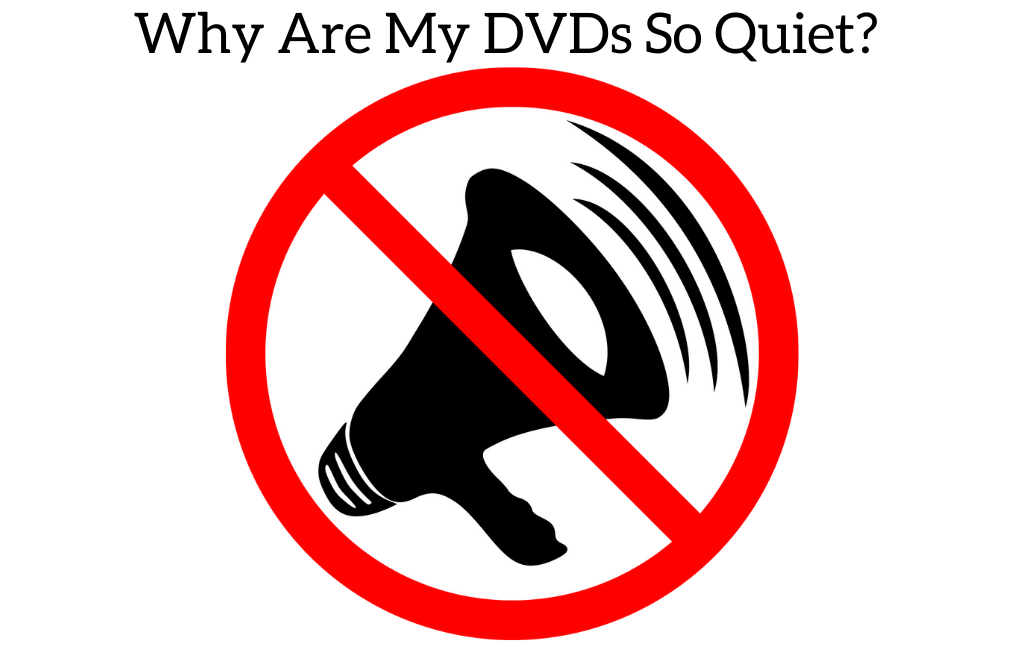
If you just purchased DVDs that say that they are from region 2 or if you are getting an error on some new DVDs that you purchased that says they are region locked then you may be learning about this for the first time. What exactly are region locks and do all DVDs have them?
DVD region codes were introduced as a digital rights management technique. Its main job is to allow rights holders of a particular DVD release to control the international distribution of the movie or TV show. It also gives them the right to do the same with their content, price and release date of the DVD. All of this occurs following the rules that are set up by the region's codes for the respective regions. Every DVD that is made by major manufacturers will have some sort of region code on it that will only allow you to play it in certain areas of the world.
Basically region codes are a way for movie and TV show makers to charge a higher price for DVDs in some areas of the world than in others and since your DVD player is locked to the region of the world that you are in then you can’t buy those cheaper DVDs from other areas and play them in yours.
DVD region lock systems help in all the above-mentioned activities and are put in place solely to protect the profits of the DVD manufactures as well as the movie and TV show production companies. On top of DVDs being locked to certain areas, it is also encouraged that the DVD players’ manufacturers incorporate the regional-playback control system at the time of manufacturing the players as well.
Since DVD players are also locked to a region then you have to buy a region 1 DVD player to play your region 1 DVDs and you have to buy a region 2 player to play region 2 DVDs! There is a way around this by buying region free DVD players but those are always made by generic companies and all of the major brands all have region locking on your players.
Region codes and countries- how does it work:
Region locking essentially puts a lock onto the DVD disc and the only thing holding the key to that lock that will allow it to play is a DVD player in that same region. Just like your house key will only work on your door and not your neighbors (hopefully) a DVD with a lock for Region 1 will not work on a Region 4 DVD player and a Region 4 DVD will not work on a Region 1 player.
The region on the DVD and the DVD player has to match for it to work and play the DVD.
Purpose of region codes:
The purpose of region coding is to primarily control the release dates and to prevent people from buying cheaper products from other areas of the world. It is difficult and physically impossible to release a movie at the same time throughout different regions of the world. So DVDs are issued in a region by region pattern a set time after the movie or TV show is released in theaters or finished airing with TV shows.
Since the economy in some areas of the world are quite different than in America the prices for DVDs there could be considerably less. The DVD manufacturers obviously don’t want USA buyers to go and buy DVDs for cheap from those areas and ruin the profits so the region locks prevent that from happening. Region coding intends to dissuade importing DVDs from one place into another and does a good job at it as well.
Again, copyright claims over a title can be held by different entities in various places. Region coding also enables those copyright holders to prevent or try to prevent a DVD from being released in areas from where they do not derive royalties.
Implementing the region codes:
-
Standalone DVD players:
Generally, a configuration flag would be set up in every players’ firmware during manufacture in the factory itself. This flag denotes the region number and its respective regions for and in which the DVD can be permitted to play. There are region-free players as well. These are the DVD players that are shipped without the feature that could be used for enforcing regional lockout. They are manufactured without the flag and hence will play DVDs from anywhere.
However, even if a player is not region-free, most of them can be made so. Many of them can be unlocked with a code entered manually.
-
Computer DVD drives
DVD drives from older times use the RPC-1 firmware. It would let the drive Play DVDs from any region worldwide. Newer drives, however, use RPC-2 firmware. This again enforces the DVD region coding system at the hardware level itself. This, however, could again be hacked with RPC-1 technology and made region free. Some drives are manufactured with the region free feature built into them. The users can even change the region codes up to five times even if they have the RPC-2 firmware.
-
Software DVD players
Many freeware and open-source DVD players for computers overlook this feature of region coding. It also so happens that many commercial players are locked to a region code initially, but the same can also be easily changed with software. There is another software, called DVD region killers. What this software does is it removes or rather hides the DVD region code for a required region from the software player.
-
Video game consoles:
The Xbox 360, Xbox, PlayStation 2 and PlayStation 3 consoles are always region-locked when it comes to DVD players. The PS2 can however be modified and its regional-locking cab can be disabled by using modchips. Even though PlayStation 4, PlayStation 3, Xbox One and others, are region locked for film DVDs and film Blu-ray Discs, they are region free for playing video games. Purchases from the web during the online games are, however, region locked and can be used only in the regions mentioned.
Codes for enforcing region locks have been however, pointed out as a type of violation of the World Trade Organization. There are free trade agreements and on top of that, the ACCC has already issued a warning that those DVD players that use this feature of region-coding are most likely to violate the Competition and Consumer Act of 2010. Again under the copyright law of New Zealand these region codes and their mechanisms in many DVD players, the process of using these have no legal protection.
This same practice has been criticized by the European Commission as well. The commission even had been investigating this matter since March of the year 2001. As if yet it has been seen that the mechanism violates the EU competition law as well.
Conclusion
Region codes are placed on DVDs to prevent them from being played in other areas besides the one that the companies originally released them in. There are ways to get around the region codes such as buying a region free DVD player or unlocking your current DVD player so it is region free.
The practice of region locking has been condemned in many places throughout the world. However, the mechanism at the same time also saves the finances of the companies releasing the DVDs to a great extent as well. Without region locking it is likely that DVD manufacturers would stop releasing DVDs in poorer areas of the world and would only release them in places that could afford a higher price point that would likely be the same world wide.
Everything, after all, has its good and bad qualities. What is best about this whole scenario though is that even if there are region locks on DVDs if you find yourself with the wrong region of DVDs you can easily find a way to play them without too much difficulty or spending too much money.

